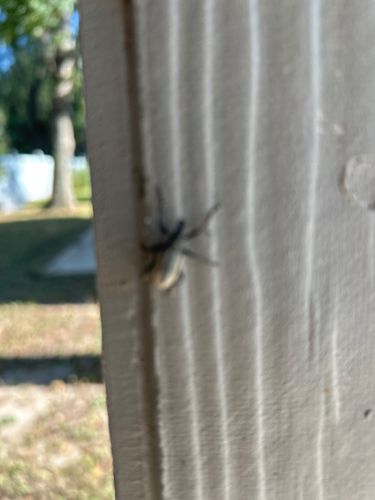Crane Fly
Scientific Name: Tipulidae
Order & Family: Diptera, Tipulidae
Size: 0.4 to 2.5 inches (1 to 6.3 cm) in body length, with some tropical species much larger.

Natural Habitat
Damp environments, near water sources, woodlands, grasslands, and suburban areas. Larvae are aquatic or semi-aquatic.
Diet & Feeding
Adult crane flies typically feed on nectar or decaying plant matter, or do not feed at all. Larvae (leatherjackets) feed on decaying organic matter, plant roots, or small invertebrates.
Behavior Patterns
Adult crane flies are often attracted to lights at night. They have a clumsy flight pattern and are generally harmless. Larvae can sometimes be considered pests in lawns and agricultural fields due to root feeding.
Risks & Benefits
Crane flies pose no direct risk to humans (they do not bite or sting and are not mosquitoes). Larvae can sometimes damage lawns by feeding on roots. As benefits, they are a food source for birds, bats, and other insects, and the larvae contribute to decomposition processes in their habitats.
Identified on: 10/3/2025